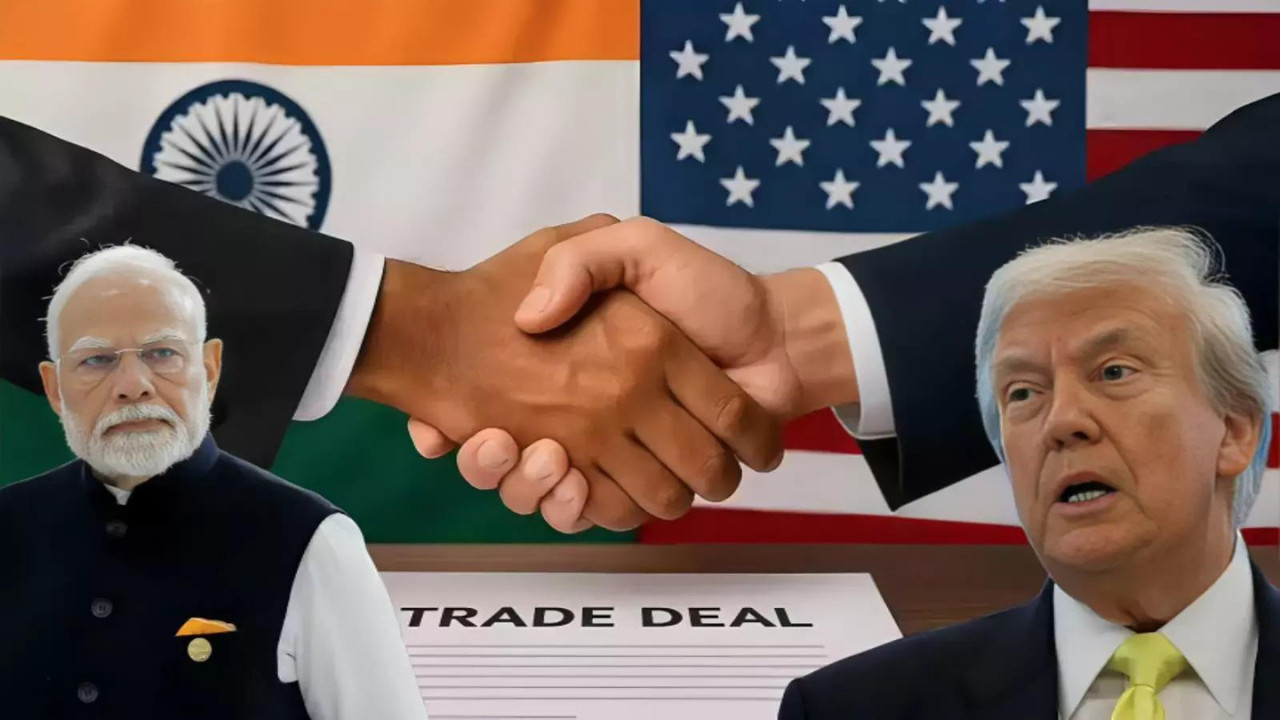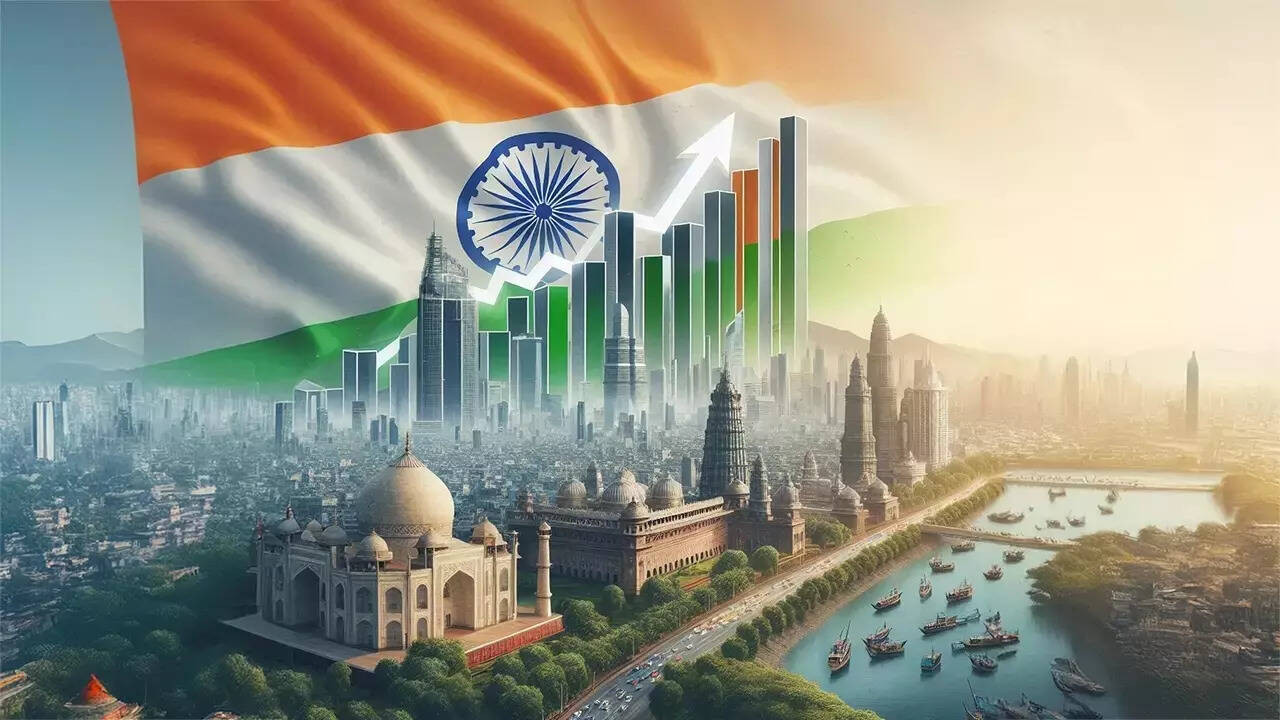Mahindra Group Chairman Anand Mahindra envisions India as a pivotal force in a reshaped global landscape, or “Globalisation 2.0.” Addressing shareholders, he acknowledged challenges from shifting alliances and trade dependencies. Mahindra emphasized India’s strengths—stable democracy, reliability, and a strong military—while urging strategic action to minimize risks and seize growth opportunities.
India’s Moment: Anand Mahindra on Seizing the Global Opportunity
India stands at a fascinating crossroads. Global winds are shifting, creating both challenges and unprecedented opportunities. Anand Mahindra, chairman of the Mahindra Group, recently articulated a powerful vision for India, emphasizing the nation’s unique position to become a true center of gravity in this evolving world order. He’s not just talking about potential; he’s laying out a roadmap that hinges on speed, strategic private investment, and a bold embrace of what he terms “Globalization 2.0.”
The old globalization, characterized by unfettered trade and interconnected supply chains, is showing cracks. Geopolitical tensions, supply chain vulnerabilities exposed by recent events, and a growing desire for self-reliance are reshaping the global landscape. This isn’t necessarily a retreat from globalization, but rather an evolution towards a more regionalized and resilient model. And India, with its diverse economy, youthful population, and growing technological prowess, is incredibly well-placed to thrive in this new era.
Mahindra’s optimism isn’t just wishful thinking. He points to several key factors that underpin India’s potential. Its demographic dividend, with a large and increasingly skilled workforce, is a major advantage. Moreover, India’s entrepreneurial spirit, coupled with its growing digital infrastructure, fosters innovation and creates new avenues for economic growth. Consider the explosion of startups and the rapid adoption of digital technologies across the country – these are powerful indicators of a nation on the move.

However, realizing this potential isn’t a given. Mahindra stresses the urgent need for speed in implementing reforms and fostering a business-friendly environment. Bureaucratic bottlenecks and regulatory hurdles can stifle innovation and deter investment. Streamlining processes, reducing red tape, and creating a transparent and predictable regulatory framework are crucial steps. The government has made strides in this direction, but continued focus and sustained effort are essential.
Another key element of Mahindra’s vision is the vital role of private investment. While government initiatives are important, private sector participation is essential to drive economic growth and create jobs. He emphasizes the need to create an environment that encourages both domestic and foreign investment. This includes not only simplifying regulations but also investing in infrastructure, education, and skill development. A virtuous cycle of investment, innovation, and growth can propel India forward.
Globalization 2.0, as Mahindra envisions it, isn’t about blindly replicating the past. It’s about adapting to the new realities of a multipolar world, leveraging India’s strengths, and forging strategic partnerships. It’s about building resilient supply chains, fostering regional cooperation, and focusing on sustainable and inclusive growth. It also requires a shift in mindset – from being a consumer of technology to becoming a creator and exporter of innovative solutions. This includes embracing advanced technologies like AI and automation while simultaneously addressing the challenges of workforce transition and reskilling.
Furthermore, a critical aspect of this new globalization is sustainability. India has an opportunity to lead the way in developing and implementing sustainable technologies and practices. From renewable energy to electric vehicles, India can become a hub for green innovation and attract global investment in this rapidly growing sector.
Ultimately, India’s journey towards becoming a global center of gravity will require a concerted effort from government, industry, and individuals. It demands a long-term vision, a commitment to innovation, and a willingness to embrace change. It’s a complex undertaking, but the potential rewards are immense. If India can successfully navigate the challenges and seize the opportunities presented by Globalization 2.0, it can truly emerge as a global leader, shaping the future of the world economy. Learn more about India’s economic forecast and how it might impact your business by reading our detailed analysis of [future market trends](internal-link-to-relevant-content).
In conclusion, the stars seem aligned for India. The global landscape is ripe with opportunity, and India possesses the foundational elements for significant growth. Whether India truly becomes a major “center of gravity” hinges on the nation’s ability to act decisively, fostering innovation, attracting investment, and embracing a sustainable and inclusive approach to development. Only time will tell if India can fully capitalize on this pivotal moment, but the ingredients for success are undoubtedly present.







